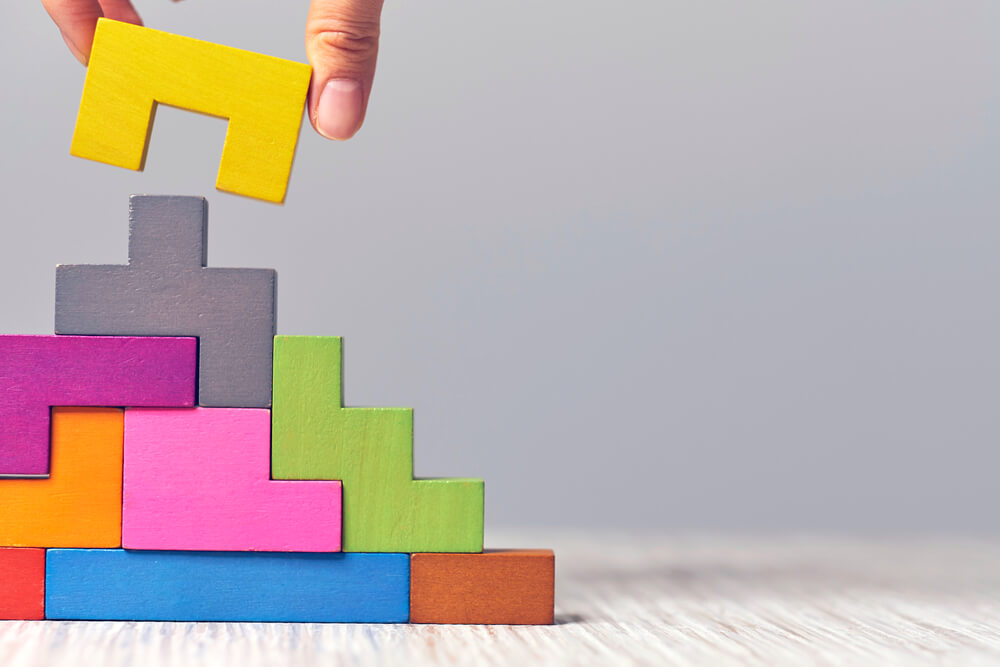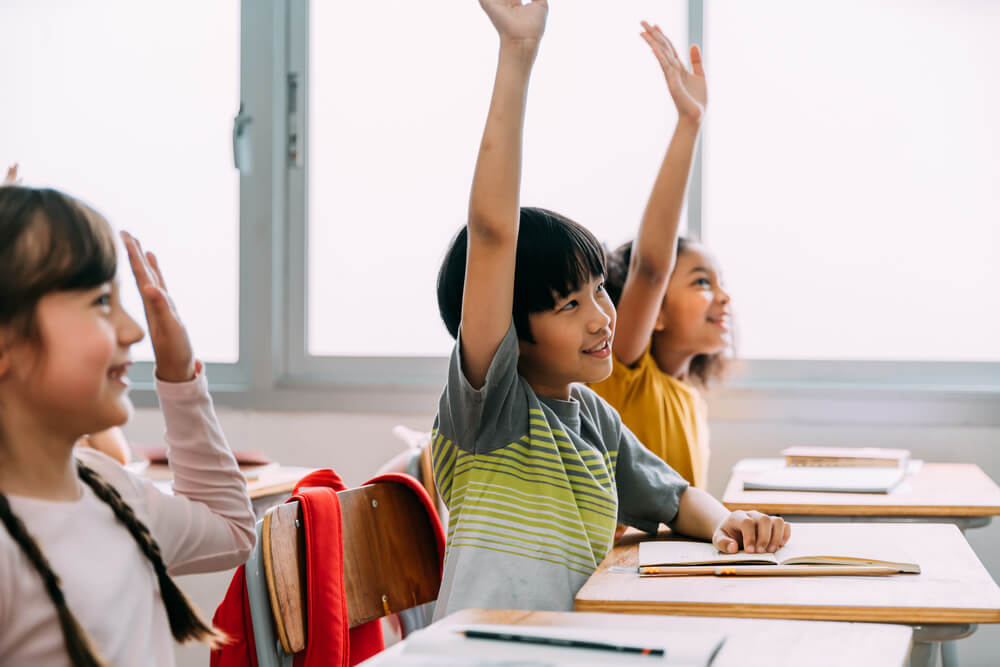The educational concept of prior knowledge is hugely important in teaching and learning. Essentially, it serves as a foundation for acquiring new knowledge.
As educators, it’s crucial to identify that prior knowledge isn’t just about what students know. It's more holistic in that it involves how their existing knowledge shapes their relationship with the new information they are taught.
Teachers then face the important task of recognising and harnessing this prior knowledge so they can tailor their teaching and instruction. If you can do this successfully, it paves the way for more effective teaching and ensures that learning experiences are memorable, meaningful, and, most importantly, life-changing.
Defining Prior Knowledge
Prior knowledge is the tapestry of information - experiences, understanding and skills - that learners have accumulated over time. It’s a testament to what's been learned, experienced, and absorbed. Yet, it’s crucial to distinguish prior knowledge from preconceived notions. While the former is grounded in factual experiences or learning, the latter may be based on biases, misconceptions, or distortions.
There is a broad spectrum of “prior knowledge.” On the one end, there's surface-level familiarity – perhaps recognising a term or having a vague idea about a concept. On the other, learners possess a deep, robust understanding of something, and this allows them to analyse new information critically, link it with existing knowledge, and/or challenge it based on well-founded beliefs.
As Jean Piaget, a revered figure in educational psychology, highlighted, it's worth noting that learners actively construct their knowledge, building upon what they already know. This underscores the significance of recognising and utilising prior knowledge as a valuable learning tool.

Why Prior Knowledge Matters
Within the intricate matrix of our brain, connections between neurons form the basis of learning. The strength and efficiency of these connections – or synapses – determines how well information is understood, retained, and retrieved. Here lies the profound importance of “prior knowledge.”
Cognitive science suggests that new information is best introduced when connected or 'hooked' to existing knowledge. Think of this process as adding to a rich tapestry: the more detailed and expansive the tapestry, the easier it is to integrate new threads. Prior knowledge provides the foundation or new threads, allowing new knowledge to weave seamlessly into the matrix!
Renowned Swiss psychologist Jerome Bruner proposed the idea of the 'spiral curriculum', an approach that suggests that learners return to topics or concepts over time. By exploring more deeply with each encounter, prior knowledge facilitates a richer and deeper understanding.
When educators introduce new concepts, tapping into students' existing knowledge can serve as an anchor, as it gives the ‘unfamiliar’ a ‘familiar’ context. It reduces cognitive pressure, making it easier for students to grasp, relate, and remember! It fosters critical thinking, allowing students to compare, contrast, and integrate new perspectives alongside their existing knowledge/beliefs.
Crafting Cognitive Frameworks
Schemas, a foundational concept in cognitive psychology, represent the mental frameworks that dictate how we organise and interpret information. Pioneered, once again, by Jean Piaget, these structures help learners to categorise experiences, ensuring that new information finds its rightful place in the rich tapestry of understanding.
Imagine schemas as intricate puzzle templates. Prior knowledge represents the pieces that have already found their place, providing context and contours for the other pieces. As one learns, new pieces – experiences or information – fit into this established framework, refining and expanding the puzzle. Consequently, when educators tap into this reservoir of prior knowledge, they're effectively ensuring that the fresh material resonates with established schemas, deepening retention and understanding.
For optimal learning it's not just about possessing prior knowledge. It's about activating and making connections to it. Recognising this connection, educators can use brainstorming or KWL charts (what students know, want to know, and have learned) to bridge new topics with existing schemas.
Using Prior Knowledge To Facilitate Engagement
Harnessing prior knowledge isn't just about recognising its presence; it's about methodically using it to enrich the learning experience. It's the difference between ‘passive’ acknowledgement and ‘active’ engagement!
For educators, weaving prior knowledge into teaching strategies can drastically shift how students perceive, interact with, and absorb new material.
- Anticipatory sets: These are essentially "starters" for lessons, designed to grab students' attention and focus their thinking on the new content. Using a question, short activity, or discussion that taps into students' prior knowledge primes them for new information.
For example, one might ask about local weather patterns students have observed before discussing climate change, creating a link between personal experience and global phenomena.
- KWL (know, want to know, have learned) charts: A remarkably effective tool visualising the learning journey. At the onset, students document what they already know about a topic. As the lesson progresses, they outline what they're curious about. Post-lesson, they jot down their new insights. This three-step process reinforces the bond between what students already know, what they're keen to discover, and the fresh knowledge they've absorbed.
- Use real-world examples: Making lessons relatable can significantly increase engagement. For fractions, one might refer to cooking, sharing a pizza, or dividing up pocket money. These are all experiences most students can relate to. Students will better grasp abstract ideas by connecting academic concepts to everyday situations, improving their understanding through familiar scenarios.
Challenges with Prior Knowledge
While integrating prior knowledge into the educational experience has much value, it also has challenges! Like most teaching strategies, using prior knowledge necessitates a keen awareness of the potential pitfalls.
- Addressing and Correcting Misconceptions: Prior knowledge doesn't always equate to correct knowledge. Students can bring entrenched misconceptions to the classroom, which, if unaddressed, may hinder progress. Tackling misconceptions requires educators to identify and then delicately unravel these misunderstandings, ensuring that corrected knowledge is introduced.
- Ensuring Inclusivity: One of the chief concerns when considering prior knowledge is the assumption that all students share a joint knowledge base. This is rarely the case, especially in diverse classrooms where cultural, social, and economic backgrounds vary widely. In such cases, it's important for educators to recognise these disparities and adopt teaching strategies that are inclusive, ensuring no student feels left behind.
- Overcoming the Assumption of Comprehension: Just because a student is familiar with a term or concept does not mean they fully grasp it. Relying solely on prior knowledge without exploring further can lead to superficial learning. The challenge is to deepen this understanding, connecting the dots between what's known and the new, deeper layers of information that you introduce.

Practical Tips for Educators
Understanding the importance of prior knowledge in the learning process is one thing, but employing it practically in the classroom is another! Below, you'll find several actionable strategies that are grounded in evidence-based practices.
- Conducting Regular Formative Assessments: Identifying where your students stand is crucial before delving deeper into a topic. Formative assessments, whether quick quizzes or more involved projects, can give insights into what students already know. This helps tailor lessons more effectively and bridges any knowledge gaps.
- Encouraging Classroom Discussions: Open conversations allow students to share their experiences and understanding. This helps educators adjust teaching methods and facilitates peer learning, where students can learn from each other's experiences and insights.
- Using Multimedia Resources: A picture is worth a thousand words, and a video might be even more! Using multimedia resources like infographics, videos, or interactive platforms can be a powerful way to build or refresh prior knowledge.
In Conclusion
Prior knowledge in learning is hugely important - it isn't just a cornerstone of effective learning; it's the foundation upon which all new knowledge is constructed. Educators can create richer, more meaningful learning journeys by understanding and respecting the experiences and insights students bring into the classroom – and that starts with establishing their prior knowledge.
Recommended Reading & Resources:
- How People Learn by National Research Council - A deep dive into the science of learning, highlighting the importance of prior knowledge.
- The Art of Changing the Brain by James E. Zull - Explores the biology of learning and the role of prior experiences.
- Building Background Knowledge for Academic Achievement by Robert J. Marzano - Discusses strategies for enhancing student achievement through background knowledge.
- Visible Learning and the Science of How We Learn by John Hattie & Gregory Yates - Insights into the processes of learning and the significance of prior understanding.
- The Unschooled Mind by Howard Gardner - Tackles misconceptions in learning and the role of educators in navigating them.
- The Knowledge Gap by Natalie Wexler - Discusses the disconnect in modern education and the importance of foundational knowledge.
- Culturally Responsive Teaching & The Brain by Zaretta Hammond - Highlights the role of prior knowledge in diverse classrooms.
- The Skilled Facilitator by Roger M. Schwarz - Practical advice for educators to bring out and harness students' prior experiences and knowledge.


